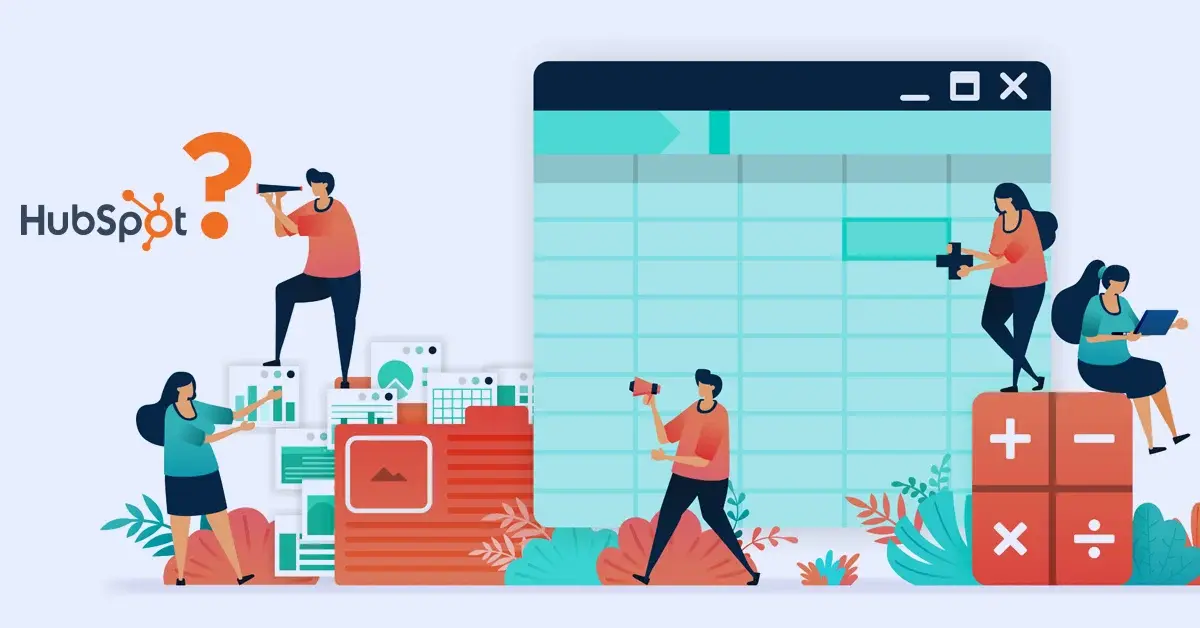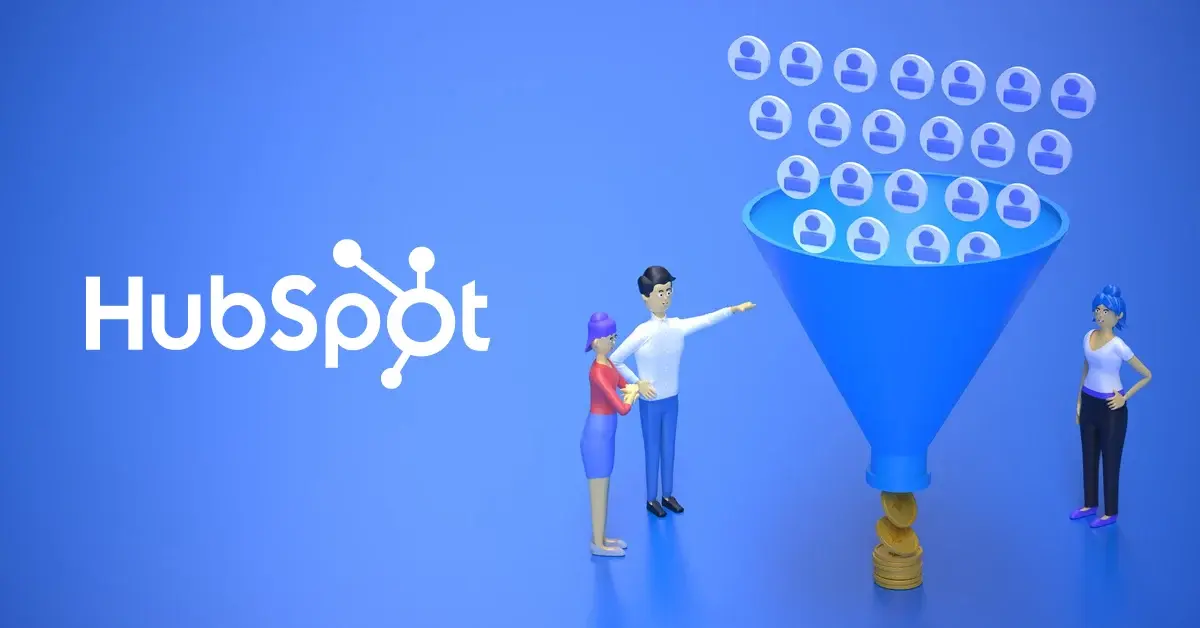-
MarTech Services
- HubSpot
- OneSignal
HubSpot
Technical Consulting
Partner with experts who understand your HubSpot systems and business needs inside out.
Revenue Operations
Drive revenue growth with tailored RevOps strategies designed for HubSpot users.
Hubspot Integration Services
Seamlessly integrate HubSpot with your existing tools to enhance operational efficiency.
Sales Enablement
Boost your sales team’s efficiency with focused HubSpot Sales Enablement solutions.
CRM Data Migration
Effortlessly migrate your CRM data to HubSpot with precision and support.
Hubspot Onboarding
Efficiently onboard clients to HubSpot, ensuring a smooth transition and rapid platform adoption.
HubSpot Administration
Maximize your HubSpot investment with expert management and optimisation tailored for HubSpot clients.
Marketing Assets Development
Develop, deploy, and manage digital assets, ensuring a fresh and engaging presence.
-
Solutions
-
Website Services
Website Development
We bring together expertise, creativity, and measurable results, making us the go-to choice for HubSpot website creation.
Website Migration
Our approach to website migration goes beyond a technical transfer; we prioritize a user-centric experience.
Website Maintenance
Optimize your online presence with effective, growth-driven websites focusing on nurturing website visitors, creating and deploying content, and tracking progress with precision.
Website Audit
Is your website performing at its peak? Our CMS Consultants are here to help you find out with our comprehensive Website Audit service.
-
Resources
-
Company
Clients
We have worked with clients from various industries across the globe, making our journey diverse and exciting.
Team
We put decades of experience where our mouth is. So what you get is market-tested and tried, not theory. We believe in plain speak, which we believe works better than jargon.
Solutions Partner
BlueOshan is not just a partner; we are among the most experienced and adept in the HubSpot ecosystem.
- Contact Us
Why HubSpot built analytics specifically for customer journeys?

Venu Gopal Nair
June 12, 2024

There is a profusion of possibilities to interact with customers today. It is getting harder for companies to find out how their customers are moving towards conversion. Does email work better? Or does LinkedIn? Which are the touch points that must be tracked to provide an illuminating picture?
Available with Marketing Hub Enterprise plans, Customer Journey Analytics can now visualize the full journey of any lead or customer from end-to-end.
Begin from any starting point and plot the end points in the journey. This new way of reporting helps you better understand how leads are engaging at any stage of communication and interactions. You can zoom in on what is working and identify where you can forge better relationships with your prospects and customers.
What are the key benefits?
- Go deep to find out what gets traction. Across your marketing assets that have been deployed, filter on specific attributes - for example, which campaigns or social media platforms are generating the most traction. More importantly, which ones are being skipped altogether. And how are they converging towards conversion?
- Measure each touch point individually. See if adding a new customer interaction point on any channel leads to better engagement or lead generation. Optimize the ones that get results and keep filtering down the line.
- Use other reporting tools from HubSpot to embellish reporting further. The dashboards have always been customizable. Now, see how you can add or subtract points of reporting to build the picture better
- Branching and event filtering. Dragging different data sets into the journey report will show you a high-level overview of what is happening. However, you can drag multiple unique touchpoints into a single stage to analyze parallel paths and event filtering to hone in on which specific paths you want to analyze. For example, you can not only see which ad networks comprise most of your form submissions, but which ones have higher success rates and which ones take longer to drive conversions – all on one chart.
Each customer journey is different but there are overlaps when applied across the entire base. The point is to know when to intervene.
The need to understand customer journeys better
Customers hold all the aces – they decide what they like and dislike and where they will spend time. Who they will speak to and when they will stay silent. The only way companies can stay in the game is to map out patterns, even while they keep their eyes on where customers spend time.
As HubSpot mentions in the detailed post on customer journeys – even as recently as 2021, 70% of customers were abandoning shopping carts. After spending hours looking through the store’s products and adding them to carts, why were they being abandoned at the last stage?
That can be challenging. And the answers are not easy to come by because of the number of factors that are in the mix. It is possible that customers got distracted. They may have seen the total cost and decided that the spend could be postponed.
You may have noticed that practically every ecommerce store does not have a single list price. There is always a price that has been struck through and a lower price – anywhere between 30-40% less is what the item is listed for.
Now, while this could play a role in the purchase decision, it could also work against the store. The risk in abandoning a cart online and checking out another store is minimal. Unlike the real world where people who walk into a shop in a mall must physically undertake journeys to try out alternatives.
So, does online shopping behavior have less stickiness? It does seem that way, given the high rate of abandonment.
In B2B buying, there is more deliberation involved

When large purchases are being considered at companies, there is a definite process and evaluation parameters that come into play. People tasked with finding the information and evaluating competitors as well as feature sets go on an information hunt diving deep into the category.
They will call their contacts at different companies. Some of them will be open about requirements while others will hold their cards close to their chest. They will have internal meetings where they debate the pros and cons of products being considered.
Like building a map, the objective is to understand key decision points along a journey. And seeing things from the customer’s perspective helps distil the benefits better
This is when response and providing accurate product information builds trust and traction. Engagement with prospects should be stepped up, and they should be helped with building their case. It may mean that the company admits to certain disadvantages when compared with the competition but they can also build on their strengths.
And this comprises some of the most important touch points during the customer journey. It needs to be captured and acted upon. The window of opportunity is small in most cases. The final decision may take time, depending on budgets, internal evaluations and how the group evaluating the product perceives it.
Customer journeys are not as much about systematic progress as they are about building responsiveness and understanding. Find out when people want information and when they want to be left alone. Be helpful, even if it means that the tide is not blowing in the company’s favor because there are multiple factors at work.
BlueOshan can go deep into your deal information and product purchase cycles to tease out what the patterns look like. Then plan workflows and points of engagement as well as the collateral that must be available.
And by deploying the customer journey analytics, you can build a much better picture of how and why your customers buy.
Get in touch with us anytime here.
BlueOshan is a HubSpot Diamond -Tier Solutions Partner. Delivering worldwide from India.

Venu Gopal Nair
Advertising and Branding Specialist, CEO - Ideascape Communications, A professional journey through the tumultuous years of advertising and communication, starting in 1984. Started out in the age of print, saw the changes with the entry of satellite TV and the momentous transition to digital. Advertising and branding today is vastly different from its practices in the 20th century and the last two decades have seen dramatic changes with smartphone domination. As a Creative Director turned CEO, making the transition personally and professionally has been a tremendous experience.
Related Articles

May 11, 2022

June 10, 2024


